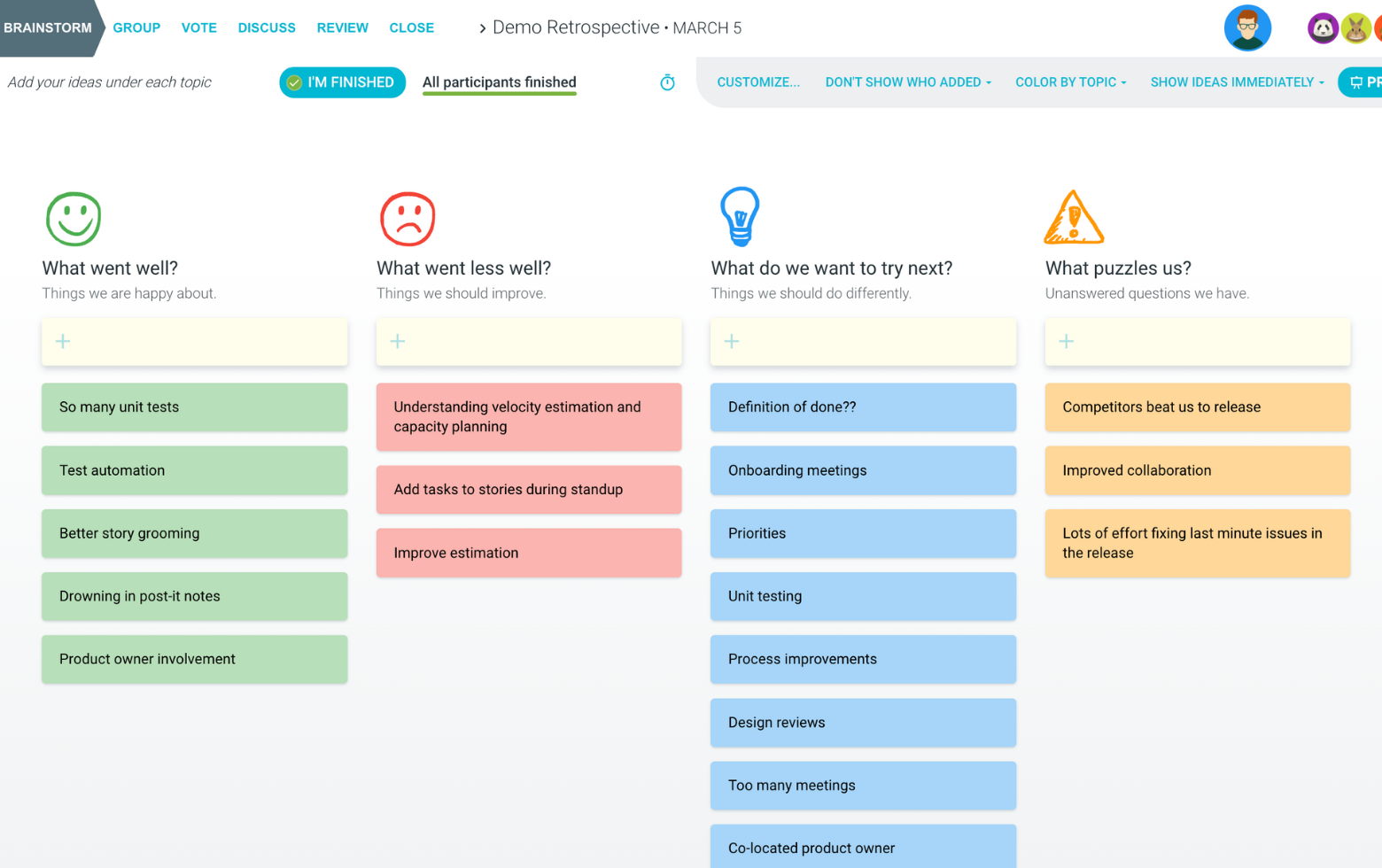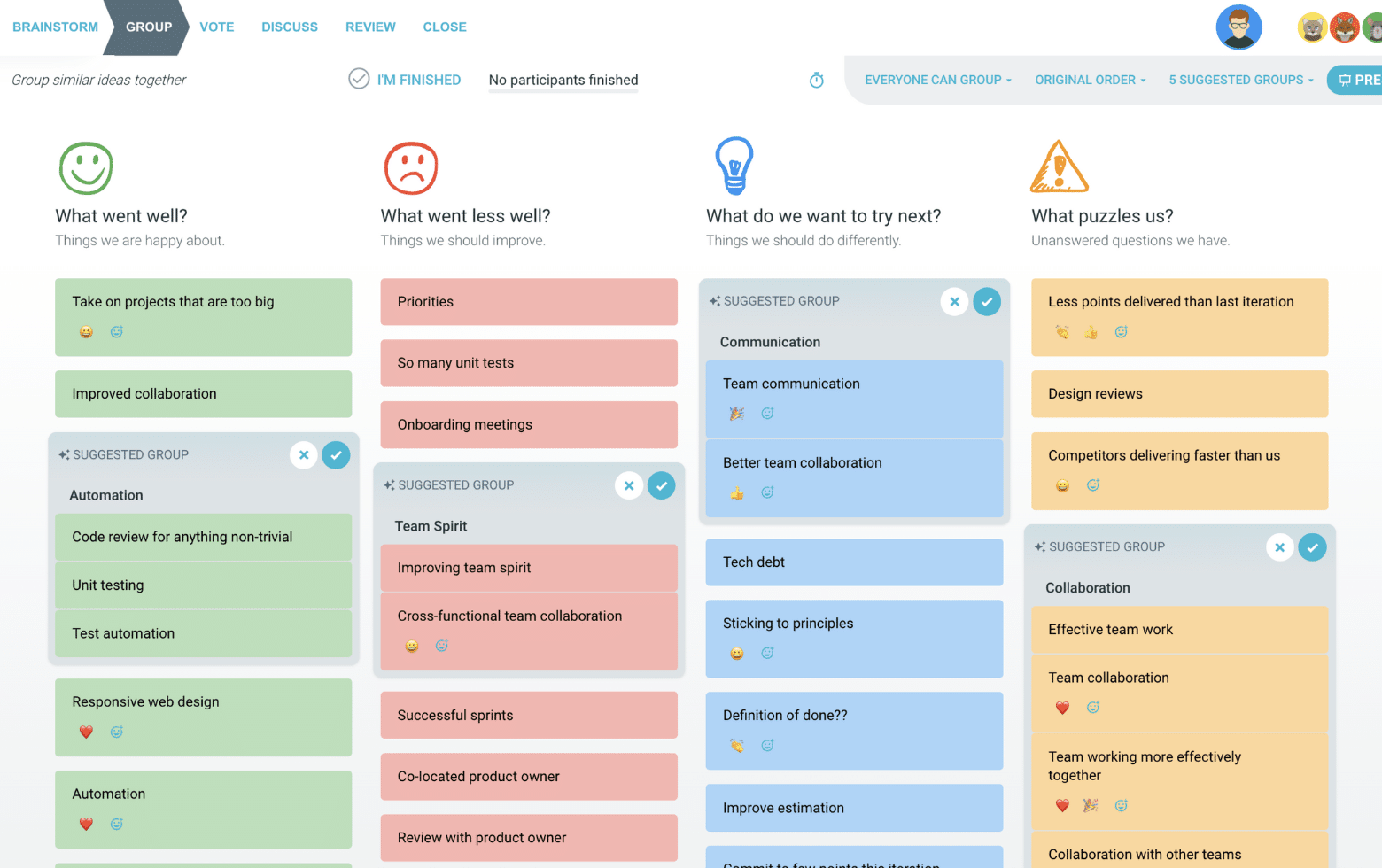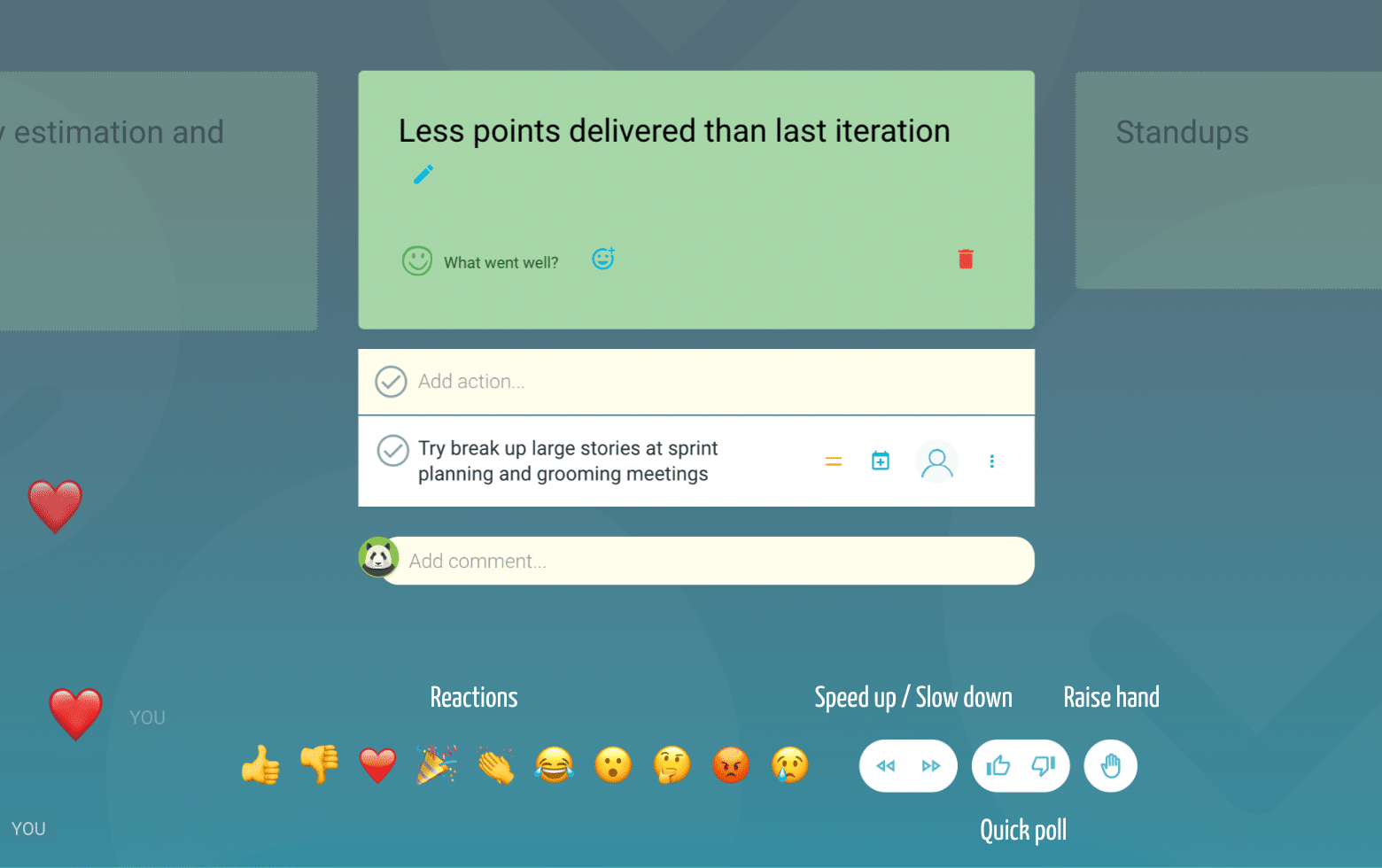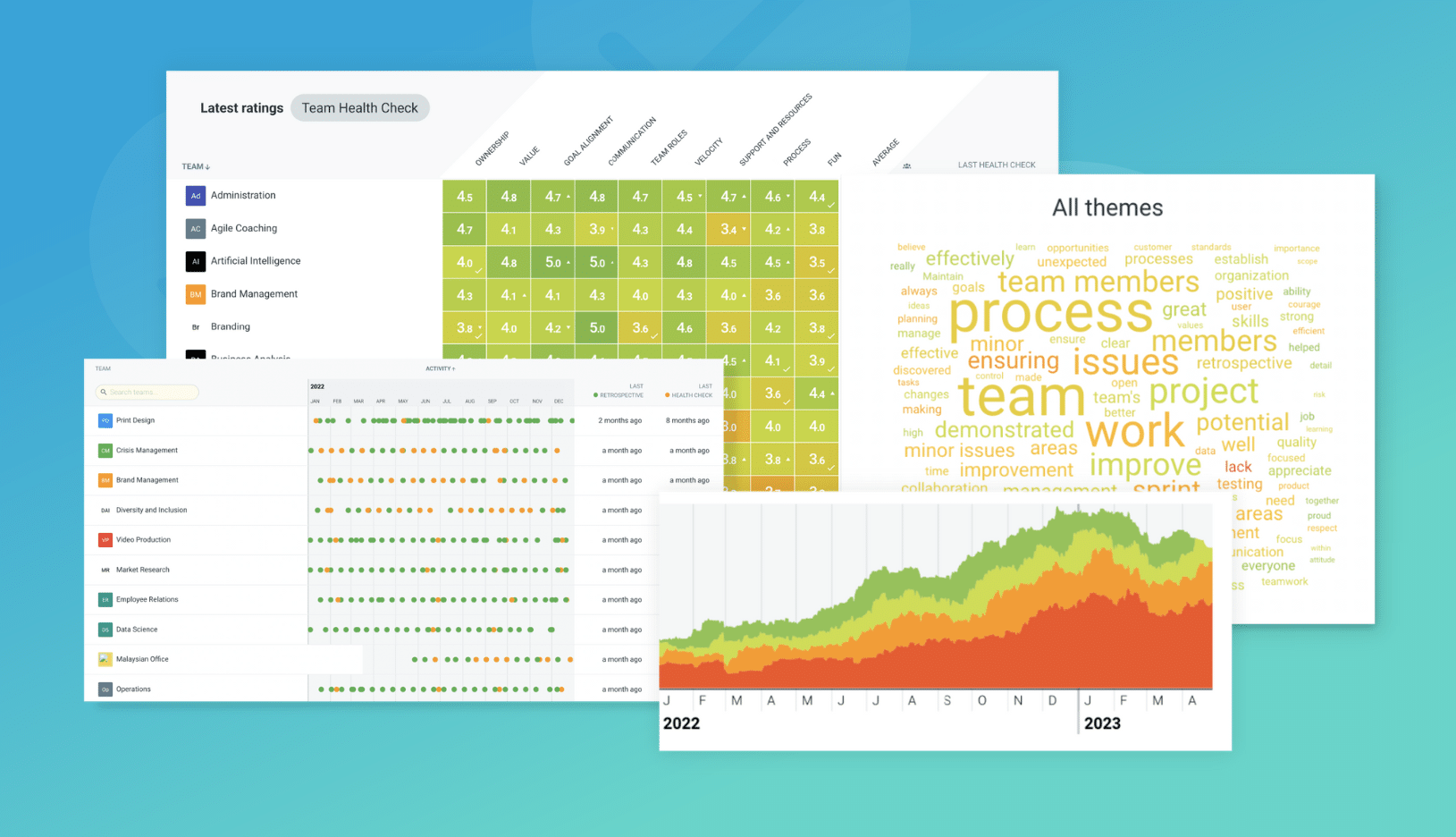What is the War Stories retrospective?
While every sprint cycle should not feel like a battle, sometimes they can. This retro format offers a way for teams to share stories and forge strategies. With the troops aligned and the sprint goals set, the War Stories retrospective lets you create a simple and easy format for people to yarn. The analogy is simple and can be used when there has been some progressively tough cycles and there is a need to provide a way for tension to be released and issues to be solved together in a unified way.
War Stories retrospective format
Victories
Where did we experience success and wins? These are important no matter how small , especially during tough times. Resilience is an important virtue and there are always aspects that can be considered as victories during the last sprint that help to motivate the team and lift morale.
Defeats
Where did we fail and learn? Make this aspect a positive learning experience by building in psychological safety and a non-judgemental environment. It may sound odd, but celebrating learnings from failure builds team confidence. The defeats are a good point of reflection and acts like the lessons learned aspect of the journey.
Still Fighting
Where are there still battles? These are the areas that can be addressed together by the team or used to acknowledge where there are still impediments.
Training Camp
How could we improve in future battles? Help the team build resilience and capability by identifying areas where they can level up and improve going forward. These might be personal aspects of upskilling, mind set, training, reorganizing the troops or getting more resources for the team.
Suggested icebreaker questions for War Stories retrospective
- What did you last do that felt like a battle?
- Who would you go into battle for and why?
- What situation wounded you?
Retro Rehearsal
Invite your team to rehearse the retro referencing a sports match.
For example, check out this bubble soccer video
- What victories and defeats did you witness?
- What battles were still raging?
- Where was training needed?
Ideas and tips for your War Stories retrospective
-
Set the stage. Welcome people to set the tone of the meeting and give them a safe space to share ideas. A great way to do this is to ask “Can we begin now?” and waiting for people to begin.
-
Running a remote team retrospective? Why not set up a virtual campfire with a fun creative background that simulates this.
-
Take turns going around the campfire to let each person share. This will help build relationships and give people equal time to share.
-
Use the concepts of brainwriting – give people “silent time” to write, read and respond to what is being presented. It might just be a minute that can make all the difference.
-
Use the way teams vote to manage culture. You’ll get interesting insights when people vote individually. The last thing you want is the sheep mentality where people simply follow what has already been done.
-
A thank you goes a long way. Give a shout out to the team at the end of the meeting.
-
In face to face meetings, doing things digitally allows you to collect ideas, vote and comment anonymously, and saves manual collation. If running your meeting digitally, use a video conferencing tool to give that personal touch.
-
Rotate the role of facilitator. Changing the role can break the routine.
How to run a War Stories Retrospective in TeamRetro
Start Your Session in a Click
Log into TeamRetro and choose your template. Customise questions and the workflow to create your perfect retro for your team.
Create Your Team Easily – No Separate Accounts Needed
Brainstorm Individually – Free From Bias
Smart Grouping for Faster Insights
Fair, Flexible, and Fast Voting
Engage, React, and Capture Key Insights
Walk your team through ideas one by one with Presentation Mode. Stay in sync, spark real-time discussions, and capture feedback with comments, live reactions, and polls—all in one place.
Turn Ideas Into Action
Propose next steps with team buy-in, get AI-powered action suggestions, and keep everything in one place. Committed actions sync to your personal dashboard and integrate with your workflow tools—keeping you on track.
Save, Share, and Stay on Track
Get quick AI-powered summaries, add facilitator notes, and store retrospectives in your library for easy access. Schedule your next session and track published actions to keep your team accountable at the next retro.
Turn Team Data into Actionable Insights
Uncover trends, common themes, and key engagement metrics at a glance. Track sentiment shifts, analyze conversations, and monitor completed actions to drive continuous improvement.








